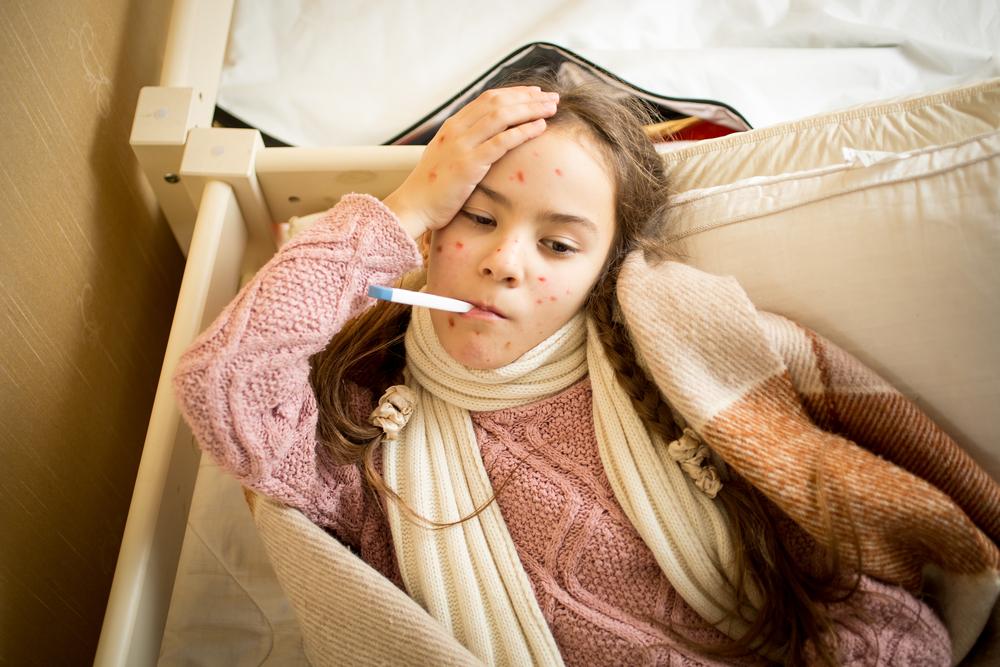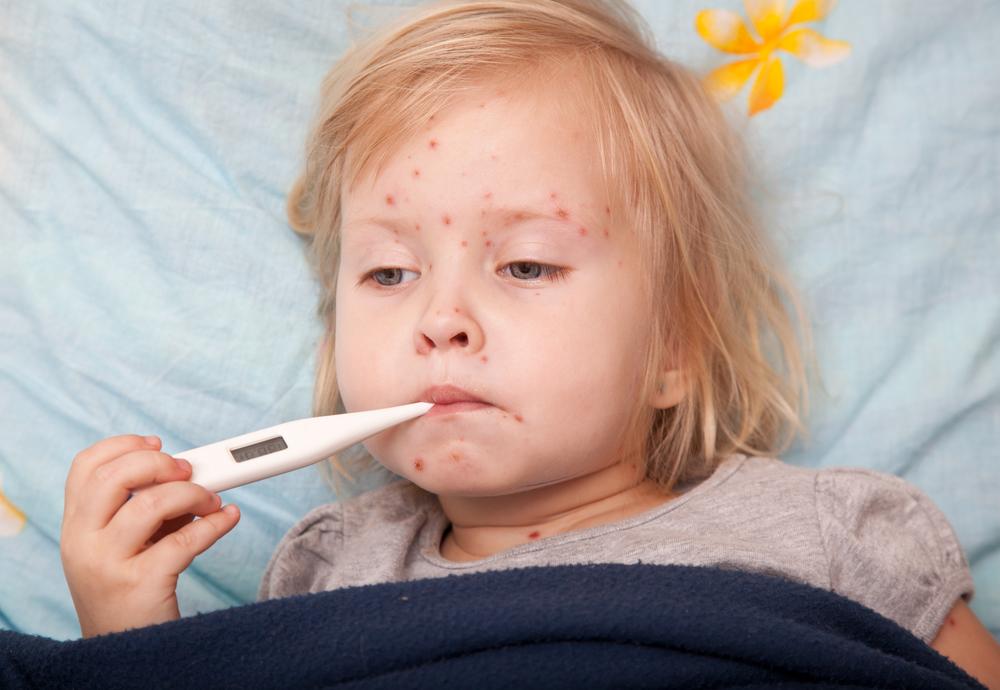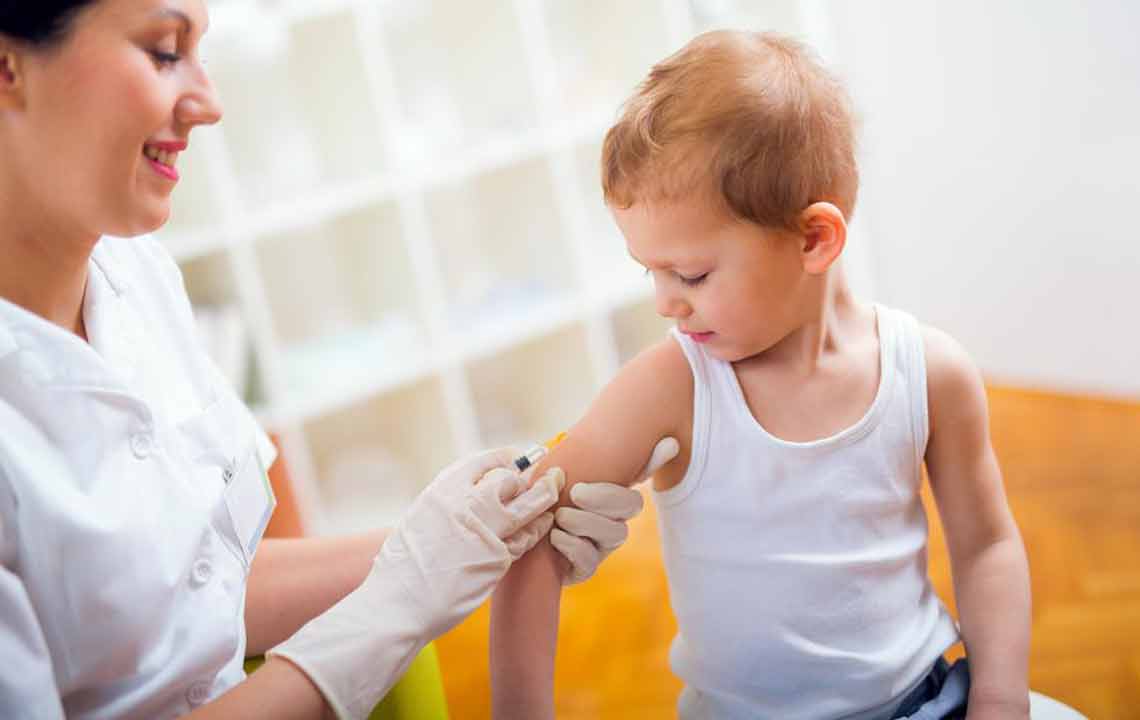Essential Insights on Measles and Its Prevention
Learn everything about measles, including how it spreads, symptoms, prevention through vaccination, and effective management strategies. Stay informed to protect yourself and your loved ones from this highly contagious disease.

Essential Insights on Measles and Its Prevention
Measles is one of the most highly contagious diseases caused by the rubeola virus. Once infected, a person's immune system quickly weakens. Thankfully, surviving the infection usually grants lifelong immunity, reducing chances of reinfection. Commonly affecting children, measles can be prevented with vaccinations, significantly lowering mortality rates compared to the past when fatalities were higher. Though rare today, severe cases can be life-threatening. Symptoms include high fever, widespread rashes, and patches on the skin, necessitating immediate medical consultation and isolation to prevent spreading.
The disease spreads mainly through respiratory droplets when an infected person coughs or sneezes or by contact with contaminated objects. Close proximity increases risk, making timely diagnosis crucial. Symptoms typically appear one to two weeks after exposure, starting with fever, cough, runny nose, and red eyes, followed by characteristic rash and Koplik’s spots. While there’s no specific antiviral cure, supportive treatments like fever reducers and vitamin A can aid recovery. Preventive vaccination remains the most effective strategy against measles.
Prompt medical attention, vaccination, and isolation are key to controlling the spread of measles. Maintaining good hygiene and getting vaccinated are crucial in preventing outbreaks. While the virus is highly contagious, immunization has drastically reduced death rates and complications associated with the disease. Awareness and early detection play vital roles in safeguarding health, especially among children and vulnerable populations.










